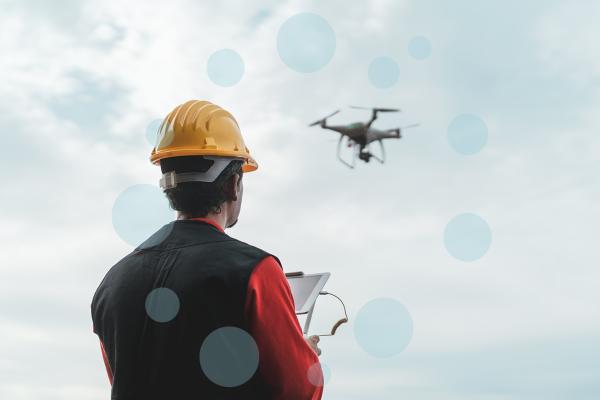The power grid, the transport network and information and communication systems are among the so-called "critical infrastructures", which are essential to maintain vital societal functions. Damage or destruction of critical infrastructures by natural disasters, terrorism and criminal activity may have negative consequences for the security of the EU and the well-being of its citizens.
To reduce the vulnerabilities of critical infrastructures, the European Commission has launched the European Programme for Critical Infrastructure Protection (EPCIP). This is a package of measures aimed at improving the protection of critical infrastructure in Europe, across all EU States and in all relevant sectors of economic activity. The EU initiative on Critical Information Infrastructure Protection (CIIP) aims to strengthen the security and resilience of vital Information and Communication Technology (ICT) infrastructures.
In support of EU efforts to protect critical infrastructures, the JRC coordinates the European Reference Network for Critical Infrastructure Protection (ERNCIP), provides technical support for the review of the Directive on European Critical Infrastructures and carries out different research activities such as the development of methods and tools for international cyber security exercises, the assessment of the vulnerability of networked infrastructures in case of extreme space weather events, and the evaluation of the resistance of buildings and transport systems against explosions.
More information
Directorate General for Home Affairs – Critical Infrastructure
Preventing industrial accidents
The JRC addresses the disaster risks of hazardous industrial installations and contributes to the protection of the citizen from the relevant threats, both accidental and deliberate.
The JRC manages the Major Accident Hazards Bureau (MAHB) in support to the Seveso III Directive on the control of major hazards and the prevention and mitigation of major accidents and the eMARS major accident database, a collection of industrial accident reports.
More information: Preventing industrial accidents
Technological accidents triggered by natural disasters
The JRC supports EU member states in identifying and reducing the risks posed by technological accidents triggered by natural disasters, also known as Natechs. These accidents are expected to increase due to climate change. Research is carried out to better understand the underlying impacts of natural hazards on industrial facilities. The JRC developed a mapping tool, RAPID-N, that allows the identification of areas prone to Natech in order to support authorities in analysing and evaluating Natech risk.
More information: Technological accidents triggered by natural disasters
Improving safety in construction
In case of natural or man-made disasters the stability of buildings is crucial to mitigate the effects of such events. At its European Laboratory for Structural Assessment, the JRC studies the structural behaviour of buildings and other infrastructures under earthquakes and certain types of intentional threats or accidents, such as explosions, impacts and blasts.
Space technologies for disaster risk reduction and response
Satellite-derived information plays an essential role as a synoptic, independent and objective source. The JRC's research focuses on the automatic analysis of satellite data to provide information products and analyses for more effective disaster risk reduction and response.
More information: Space technologies for disaster risk reduction and response
Disaster risk management
Natural and man-made hazards continuously threaten population in Europe and beyond. The JRC carries out extensive work to improve the scientific evidence base for risk assessment in Europe and worldwide, not only in hazard characterization, but also in vulnerability and exposure assessment (essential components for risk assessment) and development of guidelines and standards for risk data (including disaster loss data).
More information: Disaster risk management

